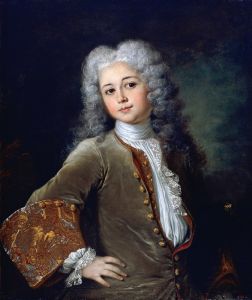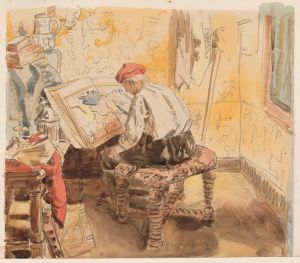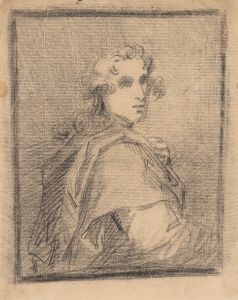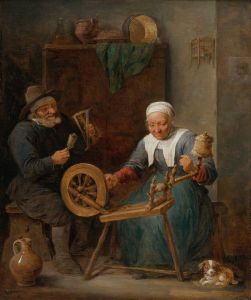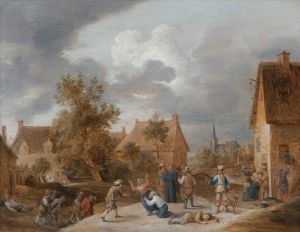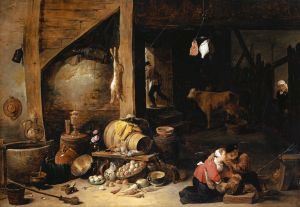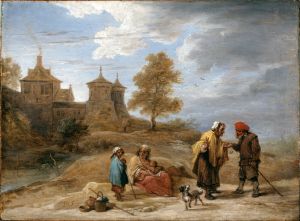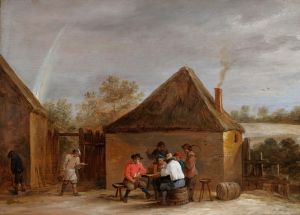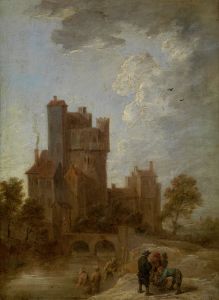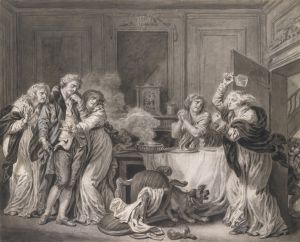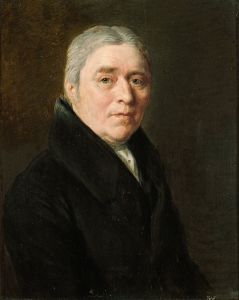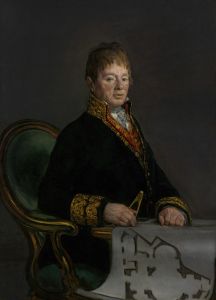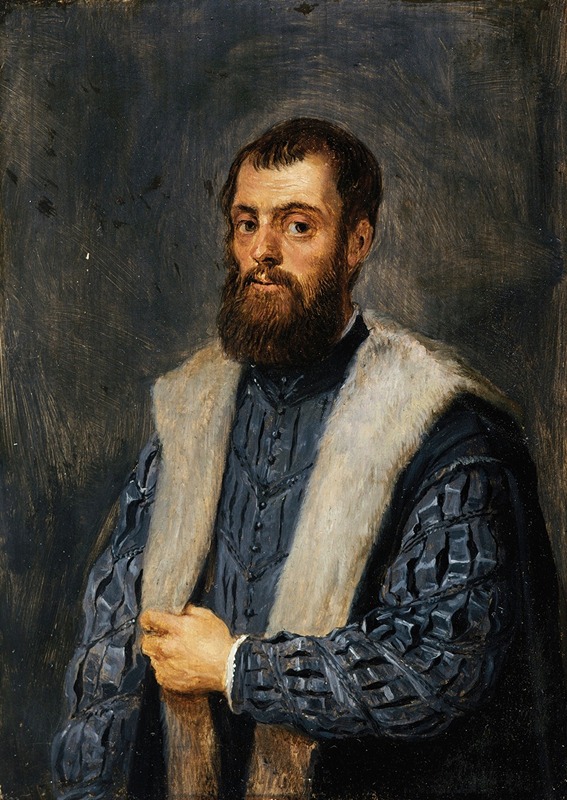
Portrait of a Man
A hand-painted replica of David Teniers The Younger’s masterpiece Portrait of a Man, meticulously crafted by professional artists to capture the true essence of the original. Each piece is created with museum-quality canvas and rare mineral pigments, carefully painted by experienced artists with delicate brushstrokes and rich, layered colors to perfectly recreate the texture of the original artwork. Unlike machine-printed reproductions, this hand-painted version brings the painting to life, infused with the artist’s emotions and skill in every stroke. Whether for personal collection or home decoration, it instantly elevates the artistic atmosphere of any space.
David Teniers the Younger was a prominent Flemish artist known for his genre scenes, landscapes, and portraits. Born in Antwerp in 1610, he was the son of David Teniers the Elder, a notable painter in his own right. Teniers the Younger became an influential figure in the art world of the 17th century, particularly in the Southern Netherlands. His works are celebrated for their detailed depiction of everyday life and their vibrant, dynamic compositions.
"Portrait of a Man" by David Teniers the Younger is one of his lesser-known works, and unfortunately, there is limited specific information available about this particular painting. Teniers was known for his versatility and skill in various genres, and while he is more famously associated with genre scenes and landscapes, he also produced a number of portraits throughout his career.
In general, Teniers' portraits are characterized by their meticulous attention to detail and the ability to capture the personality and character of the sitter. His style often reflects the influence of his contemporaries, such as Peter Paul Rubens and Anthony van Dyck, both of whom were leading figures in Flemish Baroque painting. Teniers' portraits typically exhibit a keen observation of human expression and attire, often set against simple, unobtrusive backgrounds that focus attention on the subject.
While specific details about "Portrait of a Man" are scarce, it is likely that the painting shares these characteristics. Teniers' portraits often feature individuals from various walks of life, depicted with a sense of realism and individuality that was becoming increasingly popular during the Baroque period. His ability to render textures, such as the fabric of clothing and the subtle play of light on skin, is evident in his portrait work.
David Teniers the Younger was also known for his role as a court painter to Archduke Leopold Wilhelm of Austria, the governor of the Southern Netherlands. In this capacity, he was responsible for managing the archduke's extensive art collection and organizing exhibitions. This position further solidified his reputation and influence in the art world of his time.
Teniers' work, including his portraits, reflects the broader cultural and artistic trends of the 17th century, a period marked by a fascination with realism, the exploration of human character, and the depiction of everyday life. His paintings are housed in numerous prestigious collections around the world, including the Prado Museum in Madrid, the Louvre in Paris, and the Hermitage Museum in St. Petersburg.
In conclusion, while specific information about "Portrait of a Man" by David Teniers the Younger is limited, it can be appreciated within the broader context of his oeuvre and the artistic milieu of the Flemish Baroque period. Teniers' contributions to art, particularly his ability to capture the essence of his subjects, continue to be recognized and celebrated today.





